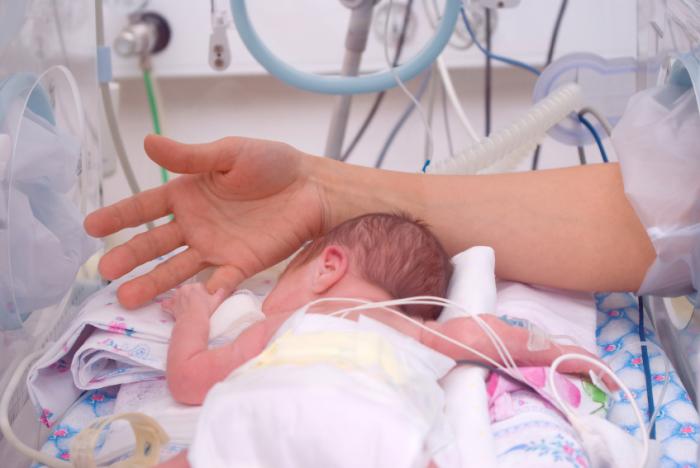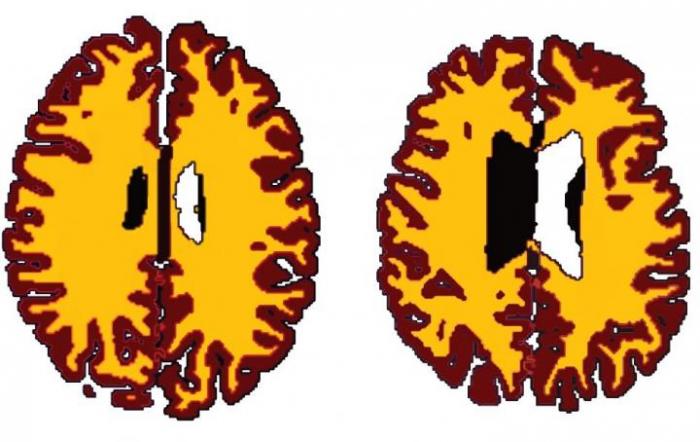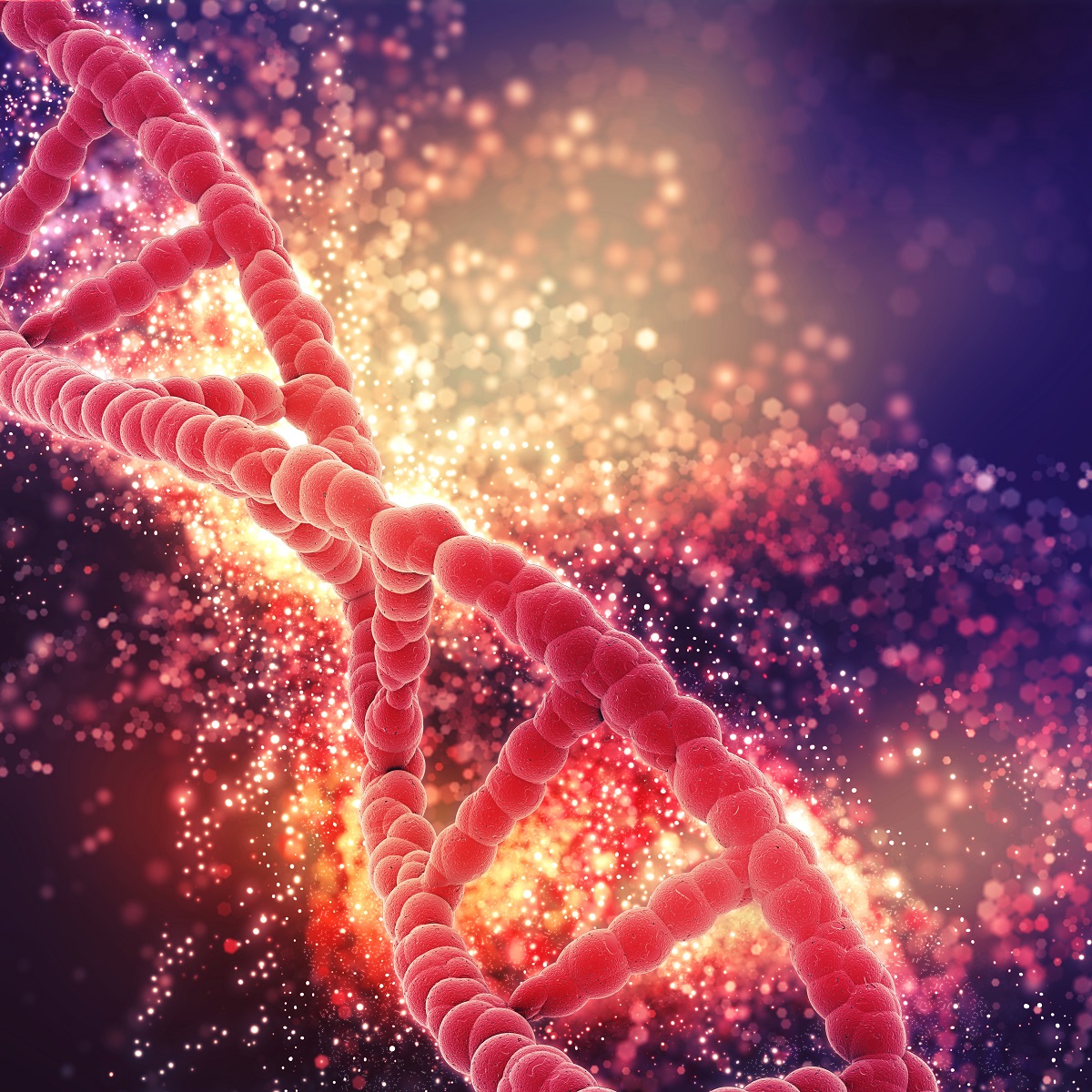Autoimmune hemolytic anemia, or AIHA, is an immune disorder where substances are produced within a person’s body that destroy the red blood cells.
Red blood cells make up about 40 percent of the blood. The body must have red blood cells to provide oxygen to body tissues. Anemia is when the body does not have enough healthy red blood cells.
Blood cells are made in the bone marrow. There are three basic types:
- White blood cells – these help the body to fight off fight infections
- Platelets – these help to prevent bleeding within the body
- Red blood cells – these transport oxygen throughout the body in the form of hemoglobin
White blood cells produce antibodies, which have a sticky outer layer. Antibodies attach to red blood cells and go throughout the body, coating germs and other foreign substance that should not be there.
In people who have AIHA, the antibodies attach to the red blood cells but are not recognized by the body. Instead, they are targeted as foreign substances and destroyed. In the process of the antibodies being destroyed, red blood cells are also destroyed, resulting in anemia.
Contents of this article:
- Causes of autoimmune hemolytic anemia
- Symptoms of autoimmune hemolytic anemia
- Tests and diagnosis
- Treatment options
- Prevention and living a normal life
Causes of autoimmune hemolytic anemia
There are two main types of AIHA. The exact cause of primary AIHA is unknown. With secondary AIHA, the cause can be attributed to another disease.
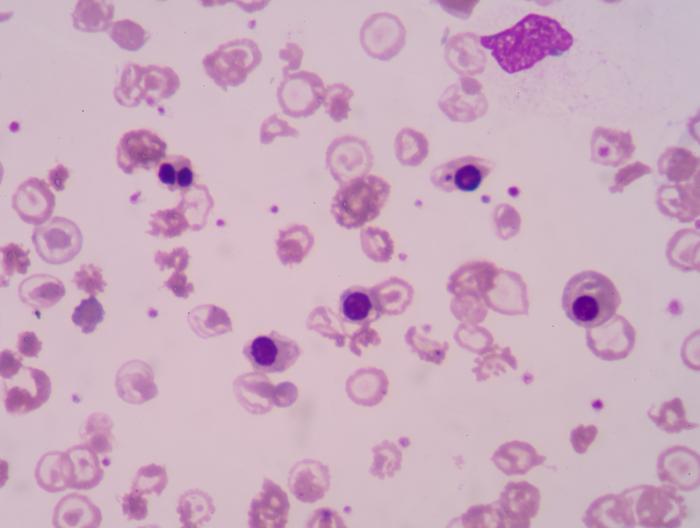
AIHA can be linked to conditions such as rheumatoid arthritis, lupus, and respiratory viruses.
AIHA can be linked with underlying diseases such as:
- Rheumatoid arthritis
- Lupus
- Ulcerative colitis
- Thyroid disease
- Long-term kidney disease
- Syndromes that weaken the immune system
- Cancers involving the immune system
The condition can also be traced back to certain infections, commonly respiratory viruses. In many cases, the antibodies and anemia go away once the infections have resolved.
It is also possible for people to inherit antibodies from their mother at birth, but this is often only temporary.
Symptoms of autoimmune hemolytic anemia
The symptoms of AIHA can vary from person to person, but there are a few common symptoms of the disease:
- Dark urine
- Tiredness
- Paleness
- Rapid heartbeat
- Shortness of breath
- Yellowing skin
- Muscle pains
- Headache
- Nausea and vomiting
- Diarrhea
- Weakness
Diagnosis of autoimmune hemolytic anemia
There are several different exams and tests on the blood and urine that are used to diagnose AIHA.
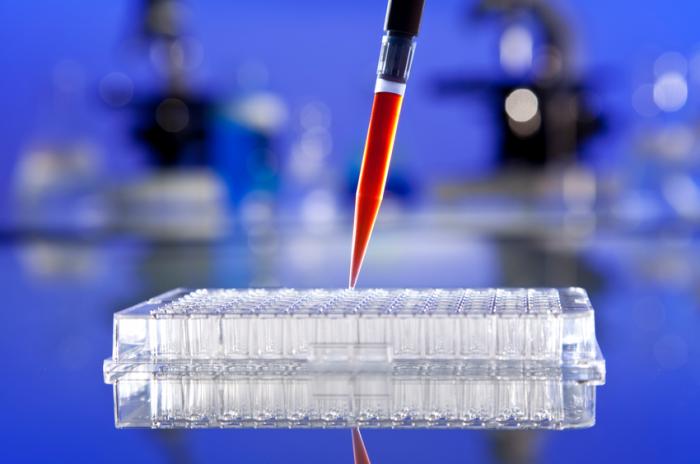
AIHA is diagnosed with a range of blood and urine tests.
Direct Coombs test
This test looks for antibodies that are stuck to the patient’s red blood cells and could be causing their premature death.
Indirect Coombs test
This form of the Coombs test looks for any free-flowing antibodies present in the body that are against certain red blood cells.
Hemoglobin in the urine
The protein hemoglobin is found in red blood cells and carries oxygen. This blood test details how much hemoglobin is in the blood. Ranges that are lower than normal can be due to anemia.
According to the Mayo Clinic, normal hemoglobin levels in adults are:
- Male: 13.5-17.5 grams per deciliter
- Female: 12.0-15.5 grams per deciliter
Red blood cell count (RBC)
This blood test is used to determine how many red blood cells are in the body. A low level of red blood cells can signal anemia. Normal red blood cell count ranges for adults according to the Mayo Clinic are:
- Male: 4.32-5.72 trillion cells per liter
- Female: 3.90-5.03 trillion cells per liter
Serum hemoglobin
A blood test that is used to determine the level of free hemoglobin in the liquid part of the blood. Free hemoglobin is the term used to describe the hemoglobin outside of the red blood cells.
Reticulocyte
This blood test measures the amount of reticulocytes, which are slightly immature red blood cells. It is done to determine if red blood cells are being created at the appropriate production rate. The range will be higher if the body has low hemoglobin levels due to bleeding or red cell destruction, and can be a sign of anemia.
Serum bilirubin levels
Bilirubin is a pigment that is found in bile, which is produced by the liver. A blood test can measure the amount of bilirubin in the blood. Low levels are not generally a reason for concern, but elevated levels can be a direct sign of liver damage or disease.
Serum haptoglobin
Haptoglobin is a protein produced by the liver. Within the body, it connects a specific type of hemoglobin within the blood. The amount of haptoglobin in the blood shows how fast red blood cells are being destroyed.
Cold agglutinins test
Agglutinins are antibodies that cause red blood cells to clump together. Cold agglutinins are active at cold temperatures, and warm agglutinins are active at normal body temperatures. Determining whether there are warm or cold agglutinins can sometimes help explain why the disorder is occurring.
Warm agglutinins can occur with certain infections and certain medications including penicillin. Cold agglutinins may occur with infections such as Mycoplasma pneumonia.
Many of these tests are often used together or with additional tests to diagnose AIHA.
Treatment for autoimmune hemolytic anemia
Treatment for AIHA can vary depending on a number of reasons, including:
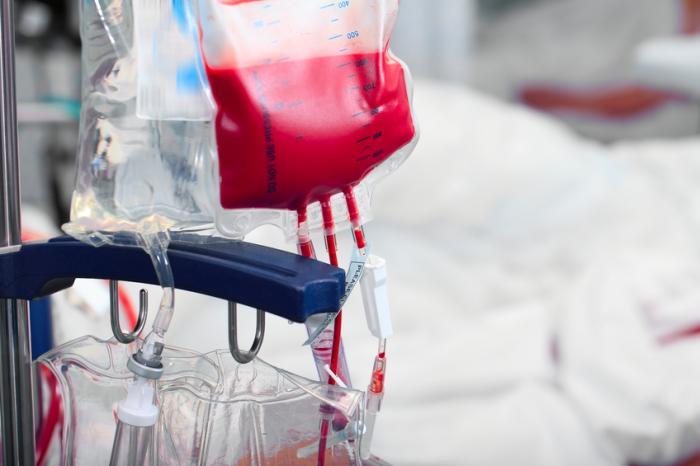
If AIHA cannot be treated, patients may need a blood transfusion.
- The overall age, health, and medical history of the patient
- The extent of the disease
- The cause of the disease
- The person’s tolerance for specific treatments
- How health providers expect the disease to progress
Treating the underlying cause of AIHA may help to treat AIHA. This includes treating infections or diseases such as cancer or changing medications.
Cortisone-like drugs can also be used to weaken the immune response, which can help improve the common types of AIHA. This is generally the first type of treatment for those suffering from primary AIHA. If these drugs are not effective, other drugs that suppress the immune response may be used.
If drugs are not effective, surgery may be ordered. The spleen is responsible for removing abnormal red blood cells from the bloodstream, including those with antibodies attached. By removing the spleen, those red blood cells can be preserved, helping to prevent anemia.
If AIHA is unable to be treated, a blood transfusion may be required.
Immunosuppressive therapy is another treatment option used for severe cases. This drug therapy treatment helps to lower the body’s immune response. The drugs help to prevent the immune system from attacking its own bone marrow. Doing so allows the marrow stem cells to grow, raising red blood counts.
Age and autoimmune hemolytic anemia
Adults often have AIHA for the long term with the anemia returning frequently. In children, the anemia is generally temporary and short-lived.
AIHA is very rare in children and is usually seen after a viral illness. It generally occurs during the first year of life or during the teenage years.
Depending on what triggered the antibody production, AIHA can resolve in a few months or last for years. According to the University of Chicago, less than 0.2 children aged below 20 years per 100,000 have the condition. The highest rates are seen in pre-school age children.
According to the Indiana Hemophilia and Thrombosis Center, for half of the children diagnosed over the age of 10, AIHA can become a long-term problem. Long-term AIHA is most commonly found in teenagers and kids younger than 2. This group is more likely to have relapses, and it is generally related to a secondary cause of AIHA that should be investigated.
Children have the same treatment options as adults but often need blood cell transfusion. This helps to correct the severe anemia and prevents complications. Transfusion does not correct the underlying cause of AIHA, so further treatment is needed.
The daily routine and activities of children with AIHA are disrupted. They are often tired, cranky, angry, and afraid. Parents should make sure that they follow a well-balanced diet and get plenty of rest and fluids. Their doctor will discuss a specific treatment plan.
Preventing autoimmune hemolytic anemia
Some types of AIHA cannot be prevented. Doctors pay special attention to potential side effects in patients with viral infections or taking certain medications. Many patients will regularly undergo blood and urine tests to be sure that anemia is not a problem.
Severe anemia can make many problems such as heart and lung disease worse. People should contact a doctor if experiencing any symptoms of AIHA.
If someone has AIHA, their doctor will work with them to help reduce the risks and chance of infections. People with AIHA are often more at risk from the cold, which can trigger the breakdown of red blood cells.
Tips to reduce risks include:
- Avoiding the cold
- Keeping the home warm and wearing warmer clothes
- Avoiding people with infections or who are sick
- Washing hands and brushing teeth regularly
- Getting the annual flu shot
With treatment options growing and becoming more advanced, it is possible to lead a normal life with AIHA.
